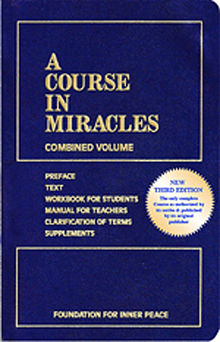“For fifty years we have been a developing nation. It is time we see ourselves as a developed nation.” This is the part of A Course In Miracles speech of Dr Abdul Kalam in Hyderabad. Whenever we are talking about Developed nation,Elementary Education in Orissa Articles suddenly education comes to picture with other major indicators like the growth rate of the economy, birth rate, death rate, infant mortality rate (IMR), and literacy rate. These indicators are all interconnected with each other and the literacy rate has been the major determinant of the rise or fall in the other indicators. There is enough evidence even in Orissa to show that a low literacy rate correlates with high birth rate, high IMR, and decrease in the rate of life expectancy. The recognition of this fact has created awareness on the need to focus upon literacy and elementary education programmes, not simply as a matter of social justice but more to foster economic growth, social well-being, and social stability.
The Constitution of India casts an obligation on the State to provide free and compulsory education to all children up to the age of 14. The literacy rate in Orissa during 1951 was 15.8% against the all India average of 18.3%, which increased to 63.6% in 2001 against the all India average of 65.4%. While the male literacy rate of 63.1% in the State in 1991 increased to 75.9% in 2001, the female literacy rate increased from 34.7% to 51.0%. There has been a steady improvement in the literacy rates of the State over successive decades, which is a result of expansion of educational infrastructure both quantitative and qualitative.
In 1950-51, there were 9,801 Primary Schools with 16,525 teachers and 3.15 lakh students. There were 501 Upper Primary Schools with 2,569 teachers and 40,000 students. Also there were 172 High Schools with 2,247 teachers and 16,000 students. Since 1950-51, there has been a considerable expansion in the number of educational institutions, enrollment and number of teachers at all levels during successive plan periods. In 2003-2004, there are 44,416 Primary Schools with 52.54 lakh enrollment and 97 lakh teachers in the State. There is one Primary School for every 3.5 Sq.Km area. The state government has established 14, 233 Upper Primary Schools for each 10.94 km area in the State.

More Stories
The Evolution and Allure of Slot Games: From Classic Reels to Digital Adventures
Talaria X3: The Cutting-Edge Electric Dirt Bike Redefining Urban Mobility and Off-Road Adventure for Modern Riders
The Evolution of Slot Games: From Classic Reels to Digital Adventures